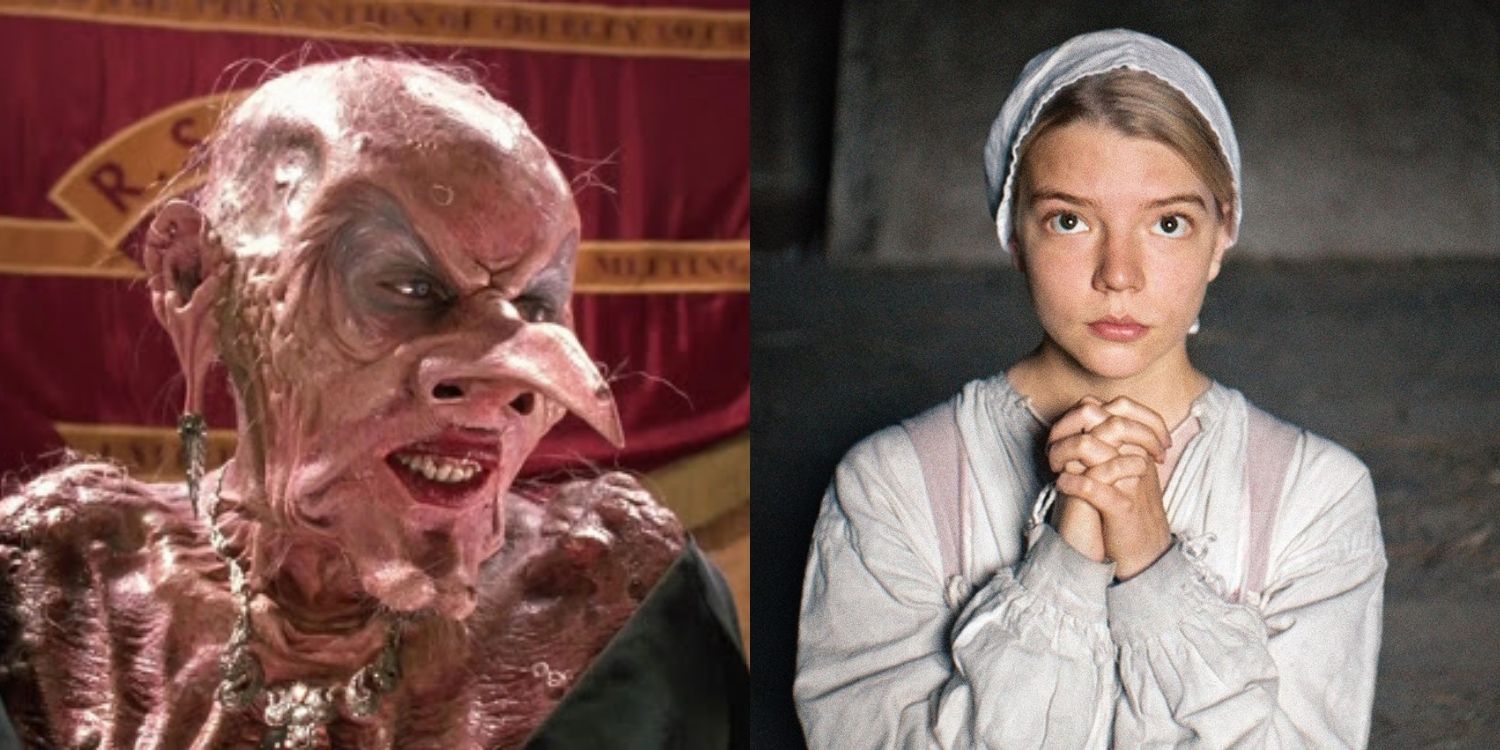

The film is abundant with images of thick white pine and hemlock forest, dark under a clouded sky.Īt the beginning of the movie, William, the patriarch of the family, sees the woods as a place of spiritual salvation. Fear of womenįirst, there’s the wilderness, shot on location in Kiosk, northeastern Ontario, which Eggers positions as an intimidating character. It’s this Puritanical, fanatical fear of women and witchcraft - as it plays out in the New England wilderness - that The Witch captures so brilliantly.

Witchcraft, Karlsen asserts, “confronts us with ideas about women, with fears about women, with the place of women in society, and with women themselves.” In her 2003 book, In the Devil’s Snare, Mary Beth Norton makes a compelling case that trauma from violent conflicts between white settlers and the Abenaki people of Maine underlay accusations of witchcraft in the Salem Witch Trials.īut as Carol Karlsen points out in her now-classic book, The Devil in the Shape of a Woman, “the story of witchcraft is primarily the story of women.” By making John Proctor, a farmer who was executed for witchcraft, the protagonist, The Crucible missed the mark. Historians have offered different interpretations of what motivated this paranoia. Obsessed with demonstrating their religious devotion in the hopes of securing salvation in the afterlife, many Puritans feared that living in the supposed “wilderness” of New England might lead them to spiritual savagery.Īs a result, they had a tendency to see the devil everywhere, which led to paranoia over witchcraft during most of the 17th century.

The Puritans struggled against a range of enemies, both internal and external, to establish a colony committed to the worship of God in the emerging British Empire.īelieving themselves to be in a “ covenant” with God, Puritans’ religious zeal coloured how they saw the world. As the theologian John Winthrop said in 1630, Puritans hoped to make their settlement a “city upon the hill” and serve as an example of spiritual purity to Europeans back home.Īll this, though, was easier said than done. In the early decades of the 17th century, Puritans began migrating from England to colonize Massachusetts and Connecticut. The Puritans promoted the absolute sovereignty of God and believed that the best way to attain his favour was through close, intimate relationships that were facilitated through small prayer groups and zealous, evangelical sermons. Steeped in Calvinist doctrine, Puritans sought a morally refined Christianity that eschewed the supposed luxuries of Catholicism and Anglicanism. They deemed the Protestant Reformation unfinished because English monarchs had supposedly allowed too much religious compromise and inclusion. The Puritans were members of an English Protestant church. But I will say that by using extensive historical research, Eggers offers the most captivating - and historically accurate - representative of the Puritan imagination I’ve ever seen. Telling any more of the story risks spoiling it. It’s always on the edge of our minds that behind what we see is a nefarious plot.” The enemy is within, and within stays within, and we can’t get out of within. The story is suspenseful and Miller researched the notorious Salem Witch Trials to interrogate what he called “ a paranoid situation.” When Miller staged the play in 1953, that situation was the Red Scare and McCarthyism.īy 1996, when The Crucible appeared as a film, Miller told The New York Times he had “immense confidence in the applicability of the play to almost any time, the reason being it’s dealing with a paranoid situation…that doesn’t depend on any particular political or sociological development.
Witch movie movie#
Perennial Halloween favourites include Disney’s Hocus Pocus, John Updike’s The Witches of Eastwick, Practical Magic and Arthur Miller’s play, The Crucible, which was also made into a movie starring Daniel Day-Lewis and Winona Ryder.Īll of these movies are entertaining, but none of them are supposed to be scary, or very historical, although The Crucible comes closest. Popular culture and literature has been rife with depictions of New England witchcraft for years.


 0 kommentar(er)
0 kommentar(er)
